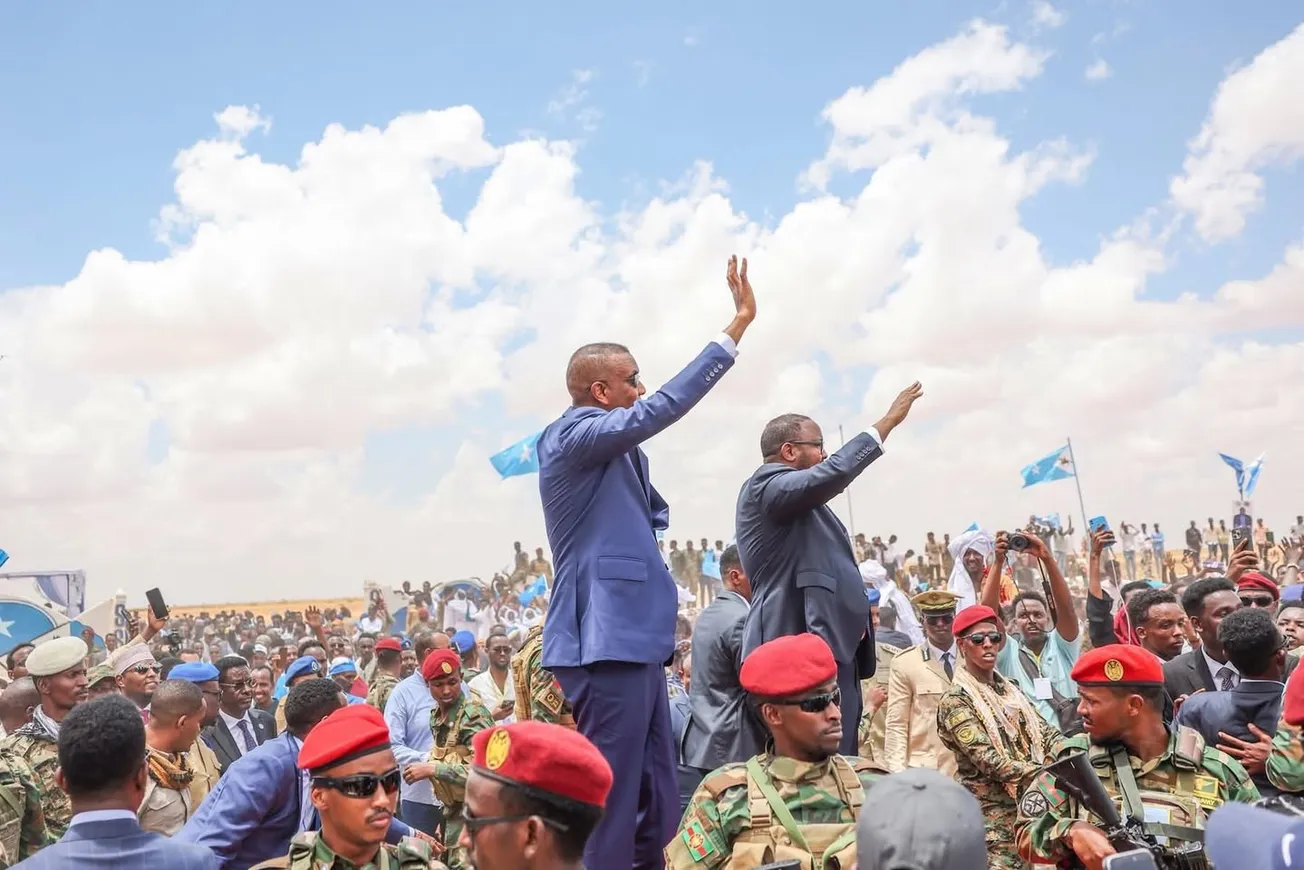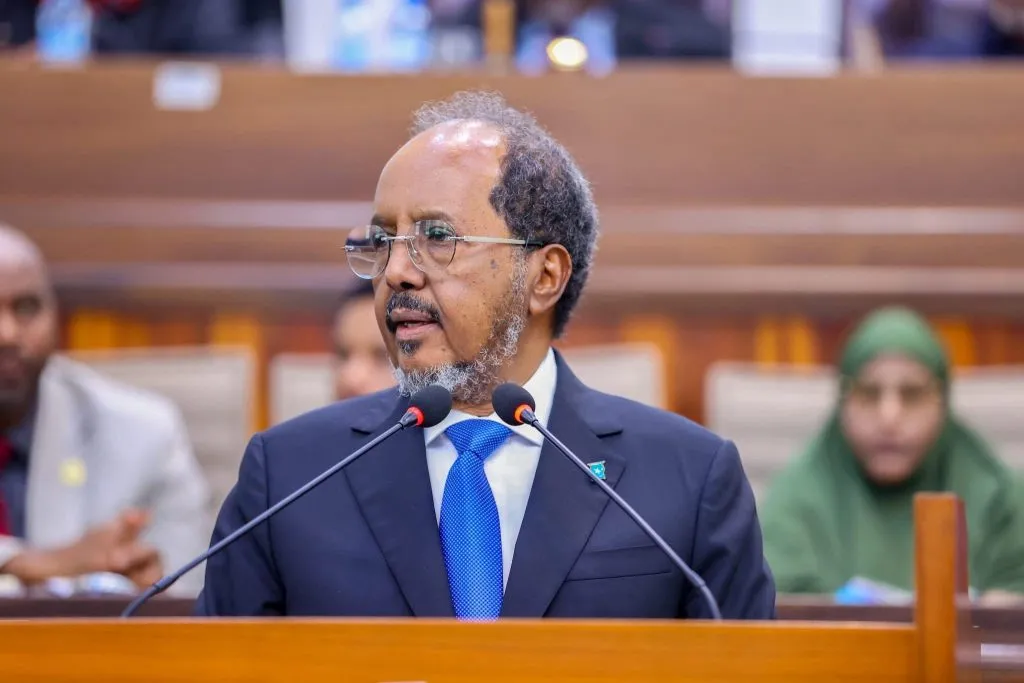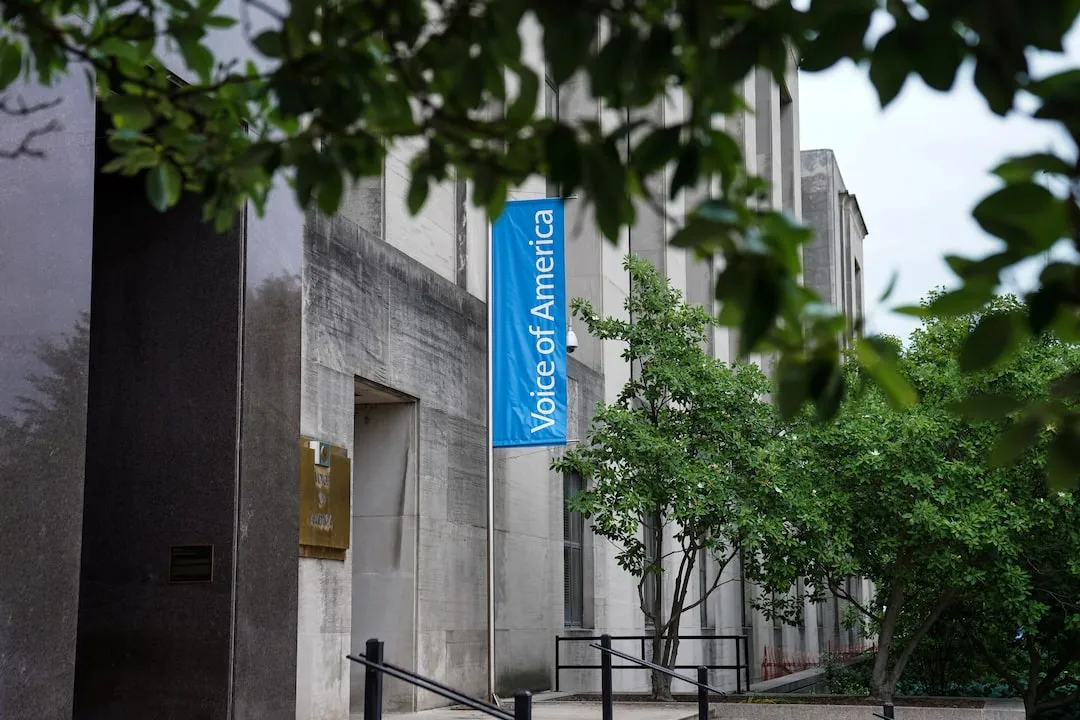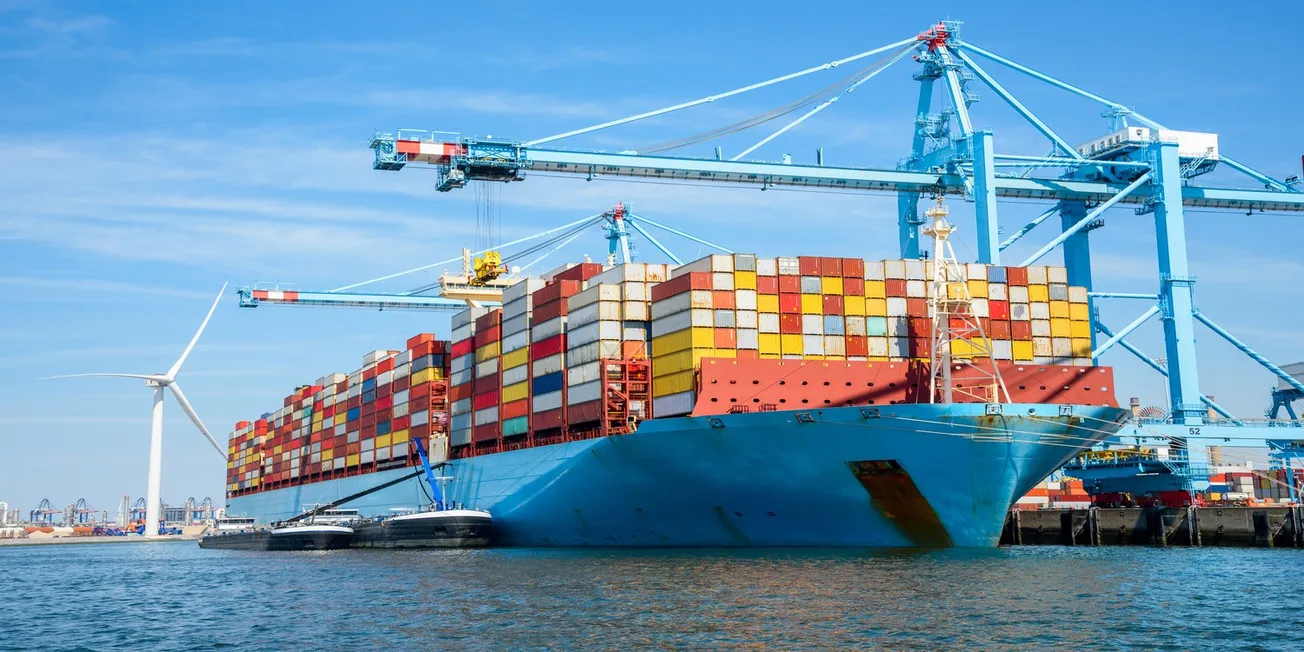Table of Contents
The visit of Somalia’s Prime Minister, Hamza Abdi Barre, to the transitional state of SSC-Khatumo marks a quiet but historic pivot in the country’s prolonged struggle to restore national unity. Since the central government collapsed in 1991, Somalia has operated as a fragmented collection of clan-administered territories, aspiring member states, secessionist enclaves, and zones under the grip of militias and Islamist extremists.
What followed was a three-decade-long contest for legitimacy. Various clans, often backed by regional loyalties, carved out autonomous regions with loose ties to the federal government. Somaliland, the self-declared republic in the northwest, has long campaigned for international recognition. But Prime Minister Barre’s appearance in Las Anod—deep inside a region Somaliland claims—signals a dramatic shift. Mogadishu appears no longer willing to indulge Somaliland’s exceptionalism.
For years, the Somali federal government extended considerable diplomatic latitude to Hargeisa. Successive administrations tolerated Somaliland’s separate dealings with international donors, allowed direct humanitarian engagement, and sought reconciliation through talks hosted in Djibouti, Turkey, and United Arab Emirates. Hopes were repeatedly dashed. In 2023, just days after agreeing to resume dialogue, then-Somaliland president Muse Bihi Abdi flew to Addis Ababa to sign a memorandum of understanding with Ethiopia’s Prime Minister Abiy Ahmed, offering a Red Sea port and corridor in exchange for diplomatic recognition. His successor, Abdirahman M. Abdullahi (Cirro), has likewise backpedaled on promises of engagement and possible reunification talks.
Mogadishu has now run out of patience. The message from Prime Minister Barre’s visit is unambiguous: the era of appeasement is over. Somalia’s unity will no longer hinge on the whims of Somaliland’s leadership. Instead, the federal government will engage directly with willing constituencies in northern Somalia—namely the communities supporting SSC-Khatumo state, whose allegiance lies not with secession but with the federal system.
SSC-Khatumo spans the contested regions of Sool, Sanaag, and Cayn. For years, its leaders have agitated for federal member state status, a demand long overshadowed by the louder claims of Somaliland. But recent developments have upended the balance. SSC-Khatumo forces now hold the upper hand across significant swaths of northern territory once contested or claimed by Hargeisa.
Prime Minister Barre’s visit was more than symbolic. It was an assertion of federal recognition for a local administration that has demonstrated both control and governance capacity. SSC-Khatumo has restored relative stability in its areas, built institutions, and laid down a framework aligned with Somalia’s constitutional model. It offers a federalist alternative to Somaliland’s secessionist project—and a direct challenge to the international community’s long-held assumption that Somaliland alone speaks for northern Somalia.
Recognition of SSC-Khatumo by the federal government would be consequential. It would lend institutional legitimacy to a territory that has operated in a political grey zone. More strategically, it could help open the door for future dialogue with Somaliland—this time not from a posture of concession but from a position of balanced engagement. A unified federal framework in the north, accommodating both SSC-Khatumo and Somaliland is not only unthinkable, but a reality on the ground.
Importantly, SSC-Khatumo lays claim to the same virtues often ascribed to Hargaisa: peace, local governance, and a functioning administration. Yet it does so without rejecting Somalia’s unity. Its rise shows that stability and self-rule need not come at the cost of national cohesion. That narrative may prove persuasive to both international observers and disillusioned communities within Somaliland who feel excluded from Hargeisa’s political orbit.
Prime Minister Barre’s appearance in Las Anod also serves as a reminder that Somaliland’s bid for independence is not universally embraced, even within the regions it claims. SSC-Khatumo’s emergence provides a compelling counterweight—proof that federalism, however imperfect, remains a viable political solution for Somalia’s deeply divided landscape.
Whether this visit signals a lasting realignment or a fleeting political gesture remains to be seen. But the implications are hard to ignore. For the first time in years, the federal government has directly backed a northern alternative to secessionism. In doing so, it has not only changed the political map of northern Somalia—it may also have changed the trajectory of the Somali state.
By aligning with SSC-Khatumo statehood, Mogadishu is setting a precedent: loyalty to the union will be recognized, and secessionist posturing will no longer be rewarded. For a country long mired in centrifugal politics, that is no small shift.






